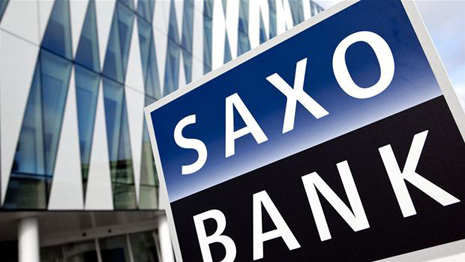So far unfounded worries about a slowdown in demand from China, the world`s largest importer, also added to the weak sentiment with the only glimmer of hope coming from the International Energy Agency. In its latest monthly report it saw oil demand growing at the fastest pace in five years.
But the above mentioned resilience among non-Opec producers meant that the market will probably only begin to balance itself towards the end of 2016 – especially in light of the potential increase from Iran early next year.
As the performance table shows this past week saw Brent crude oil outperform WTI crude by almost 5%. Why is Brent crude not seeing the same pressure considering its role as the global benchmark and when so much focus is on China together with Opec and its overproduction? The answer is concerns related to seasonal developments in the US oil market. Following what has been a very strong year so far for gasoline demand, refineries have been consuming crude oil at a record pace.
But despite this strong demand US crude inventories remain almost 100 million barrels above the five-year average. As the US driving season comes to a close we will see refineries across the US begin focusing on winter demand and during this transition crude demand slows and this will add to already bloated inventories.
The contango which reflects the discount between spot crude and future months has risen strongly on WTI crude this week as the market begins to discount another rise in US inventories during the next two to three months. As a result of this Brent crude has outperformed with its premium over WTI crude rising above $7 per barrel for the first time since April.
Oil companies across the world have finally started to feel the squeeze with low prices triggering sharp reductions in capital expenditure and headcount. In the US, the corporate high yield bond index covering energy companies has returned to junk status trading more than 10% above treasuries.
Adding to the pain is the collapse seen in forward prices which have sharply reduced hedging opportunities. WTI crude for delivery in 12 months time is trading at a ten-year low and this combined with reports that many companies have reduced hedging on future production, leaves many exposed to this latest downshift.
The price collapse during the past few weeks ahead of the seasonal rise in crude oil inventories has left the market wondering whether global tanks will fill before the current low prices curb production. Overflowing tanks will force the price even lower while lower production combined with the prospect of strong demand will provide the support needed to establish a bottom in the market.
More about:
















































